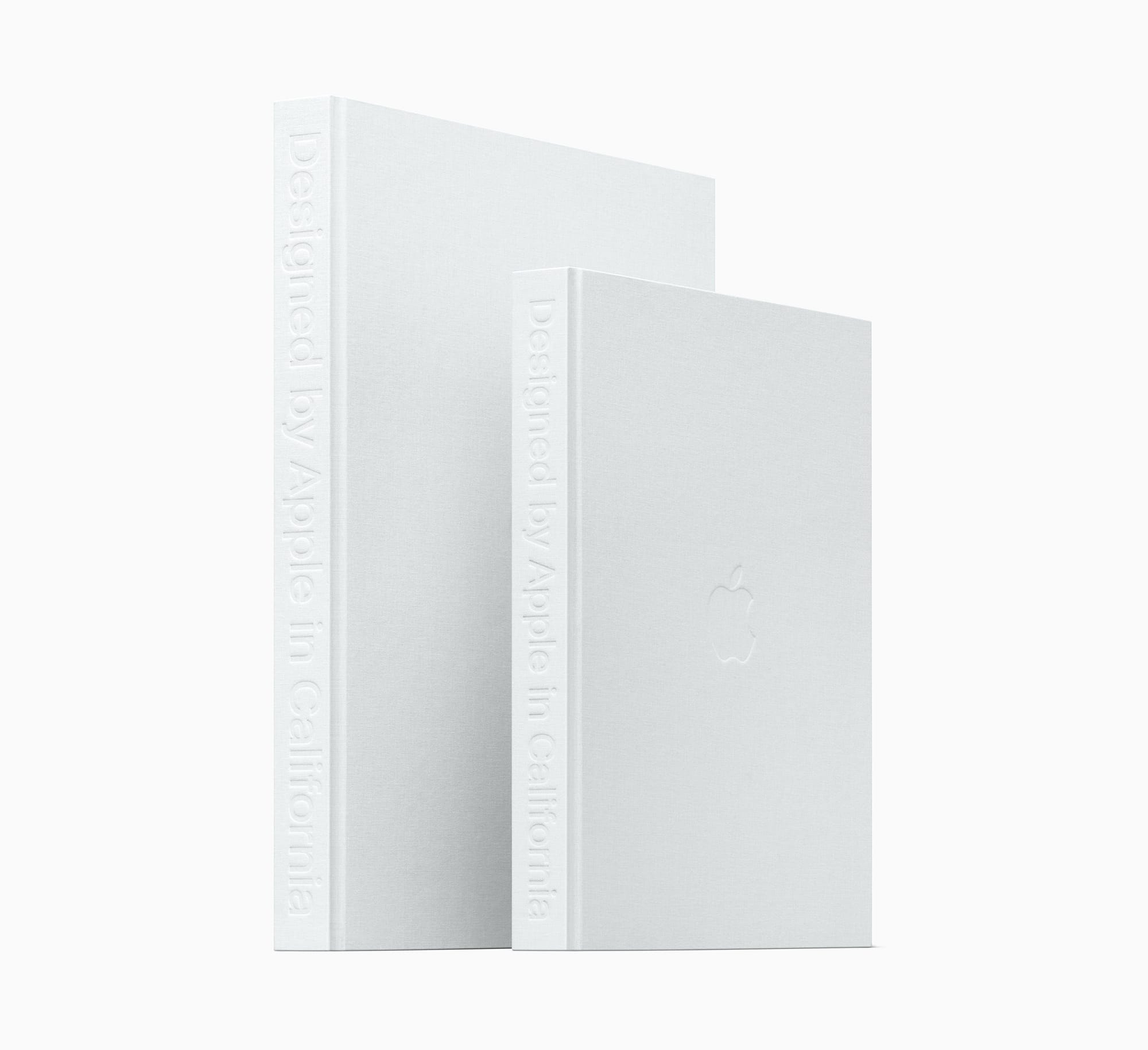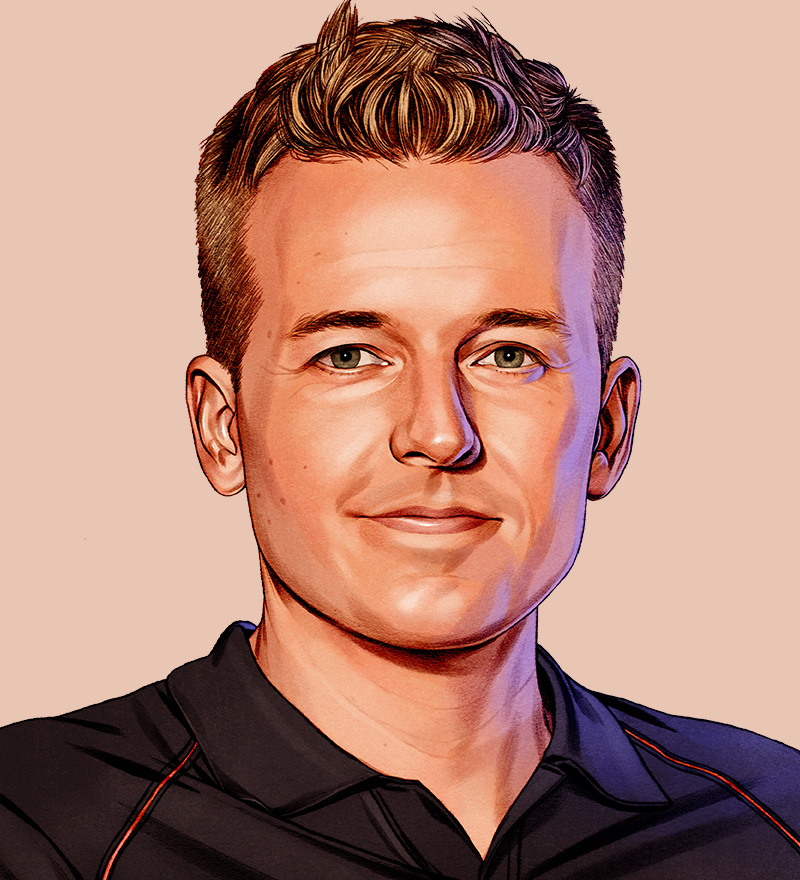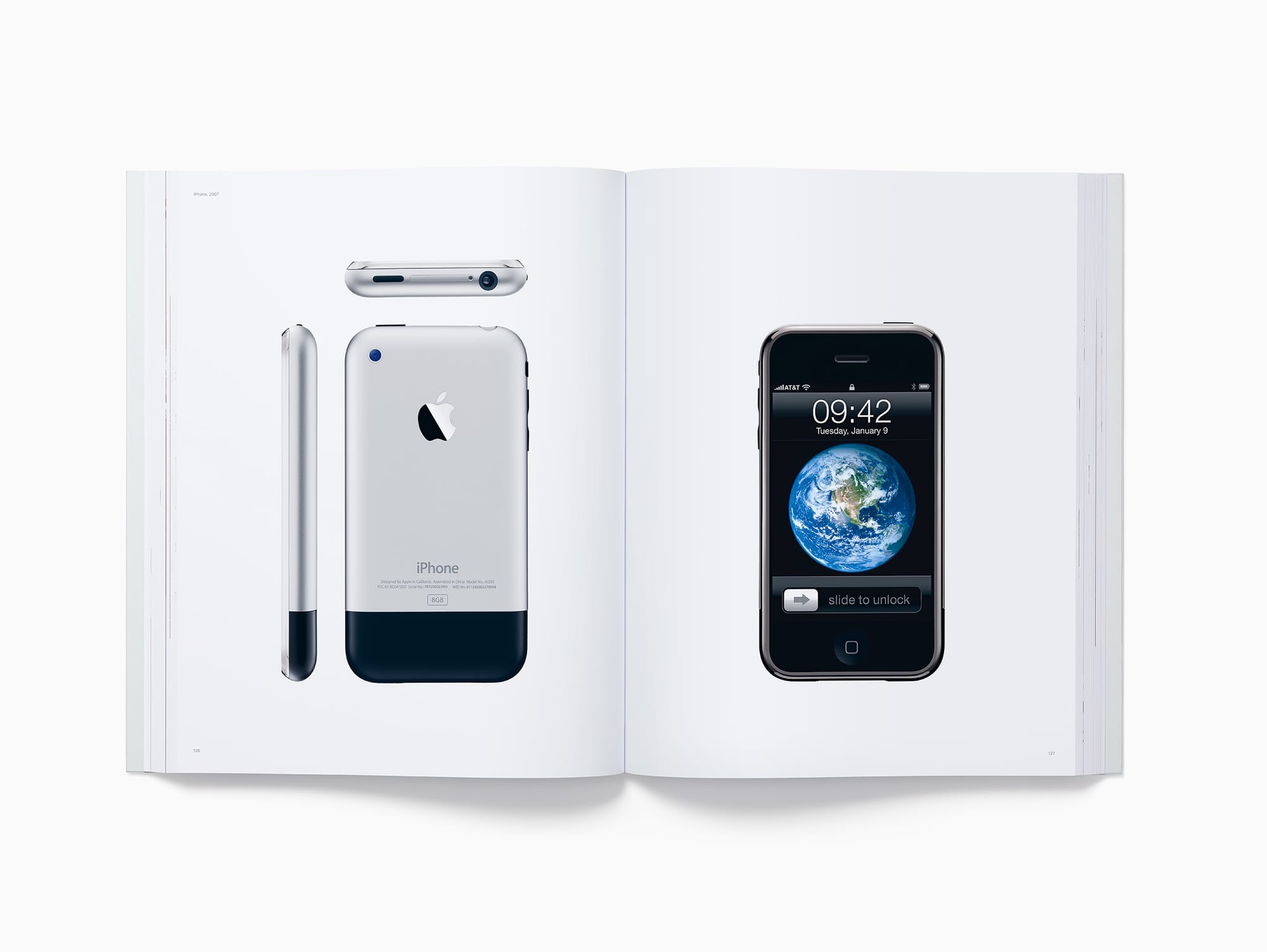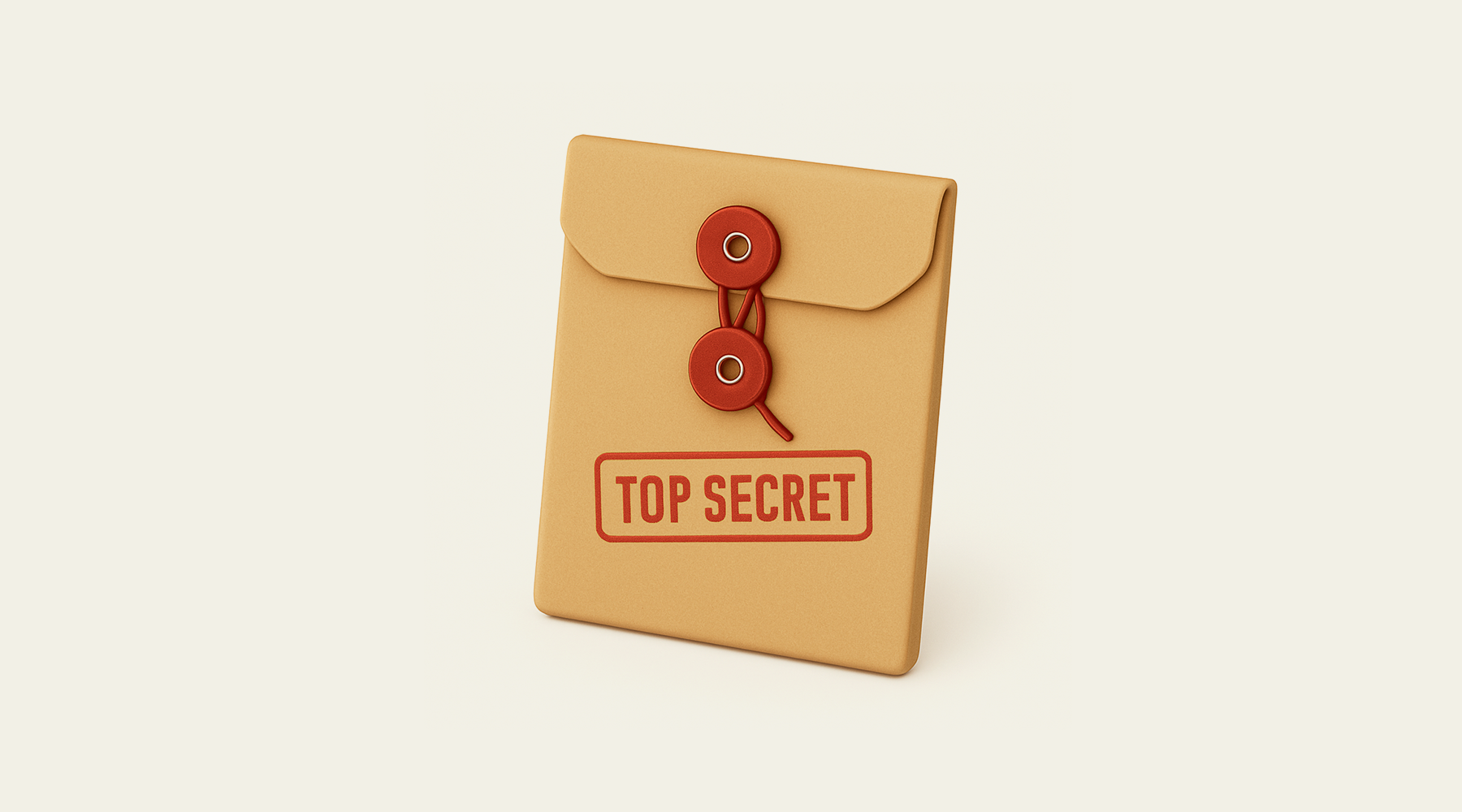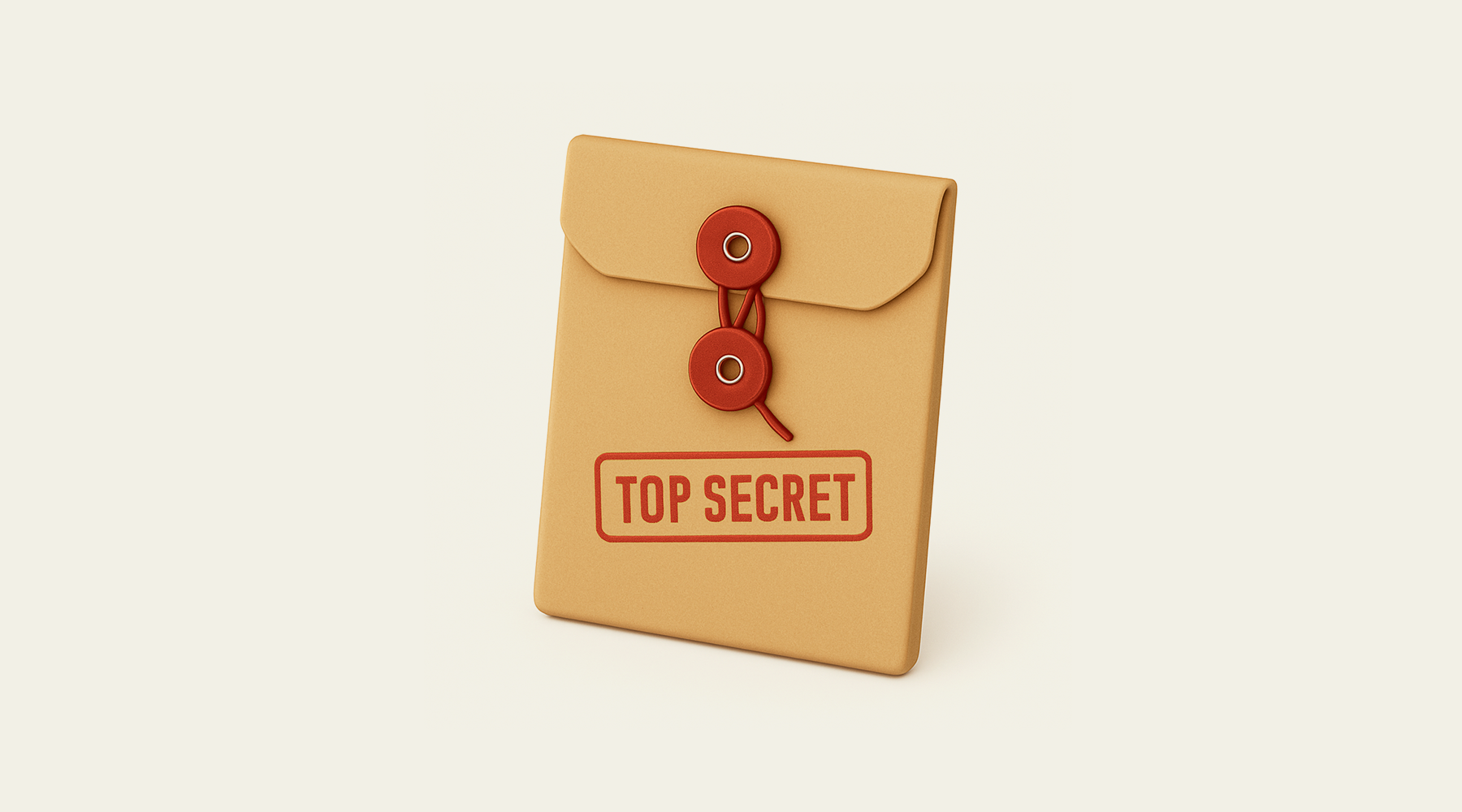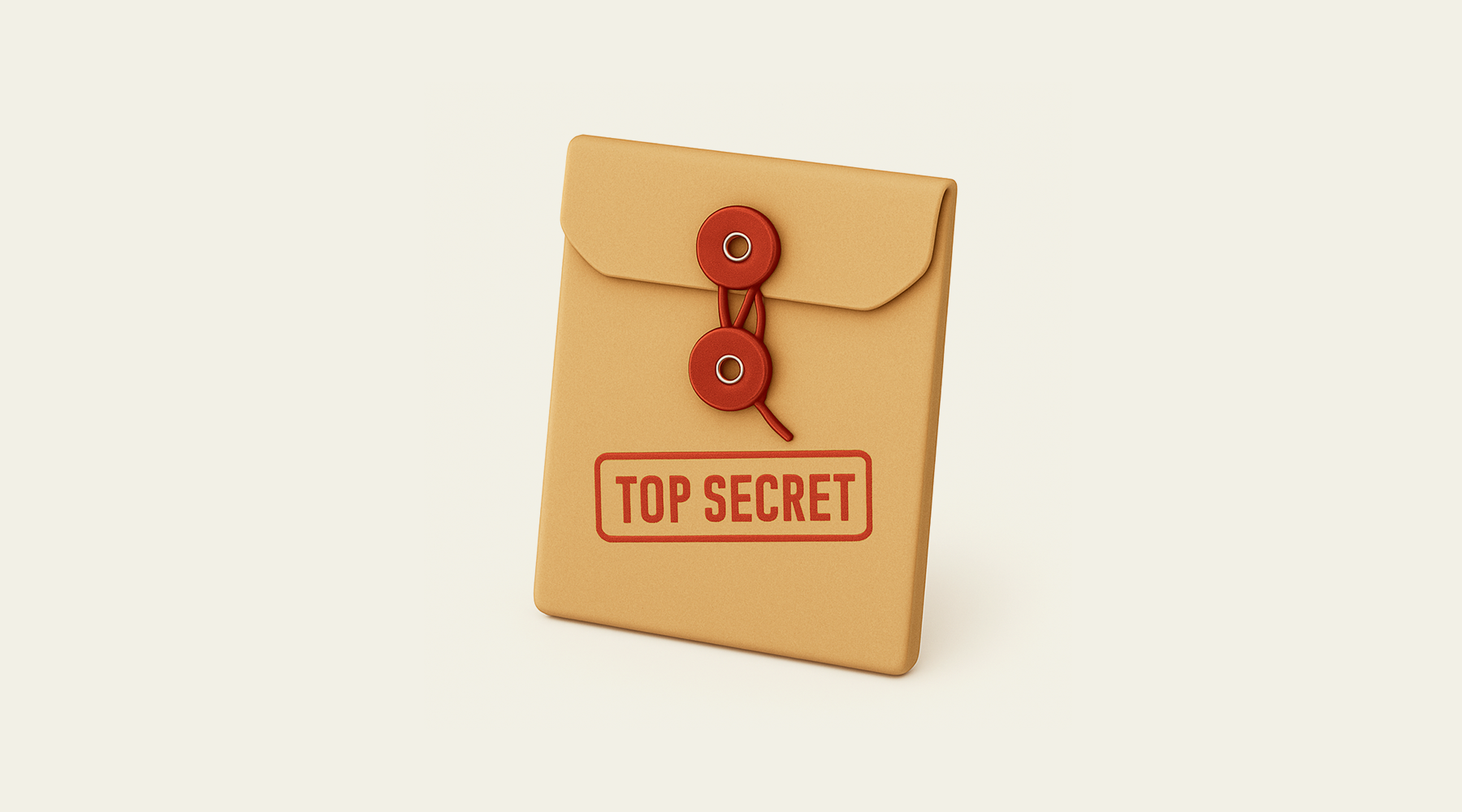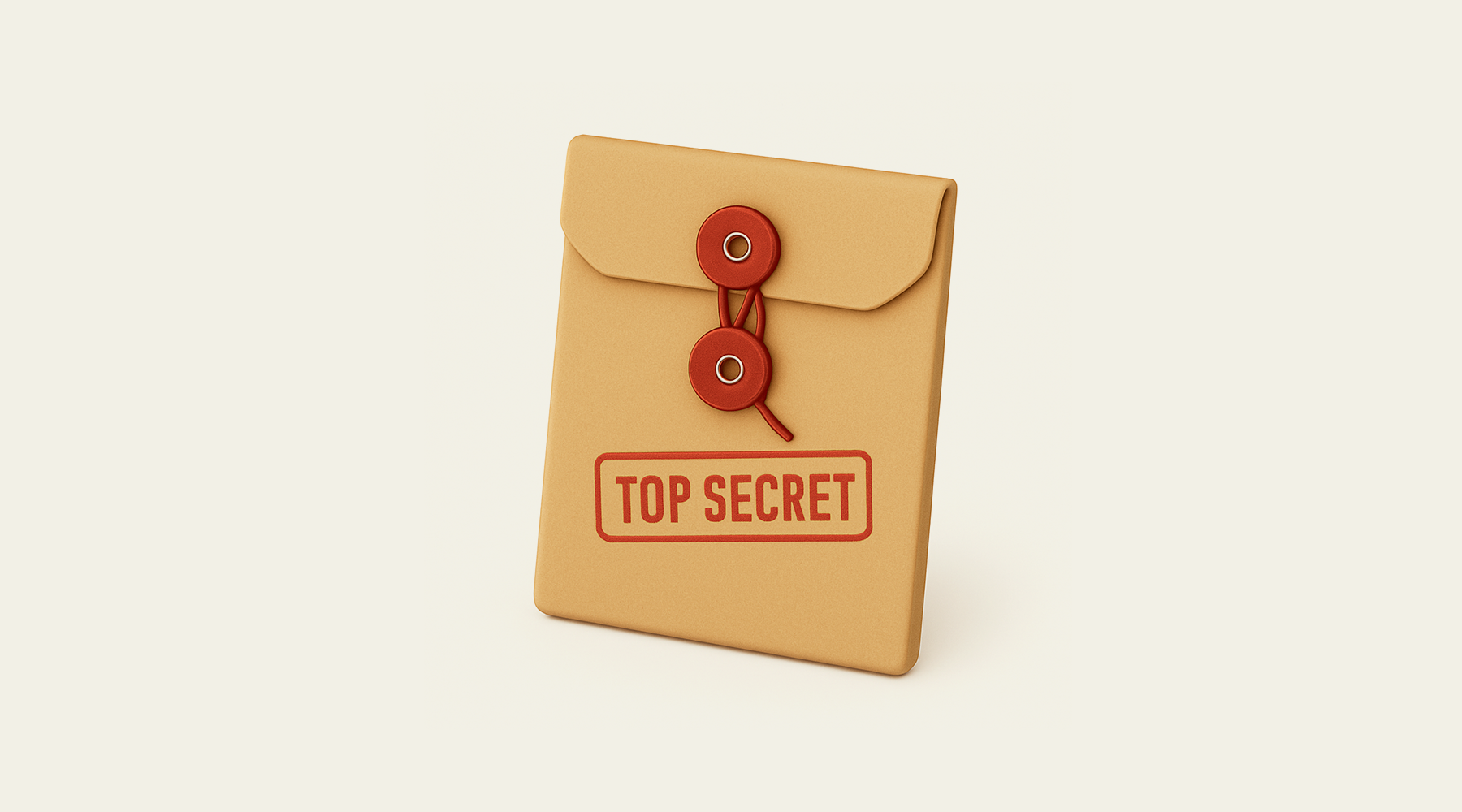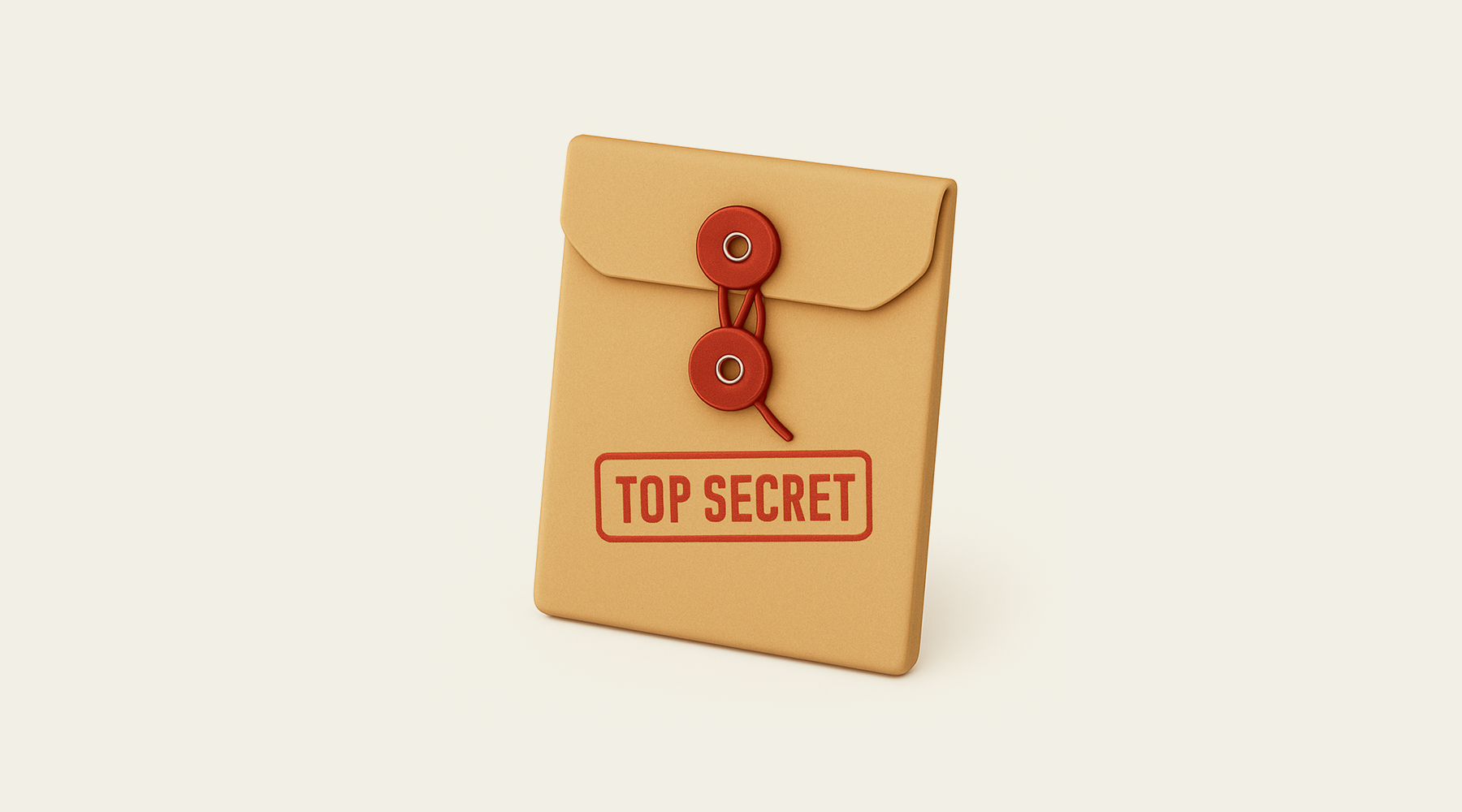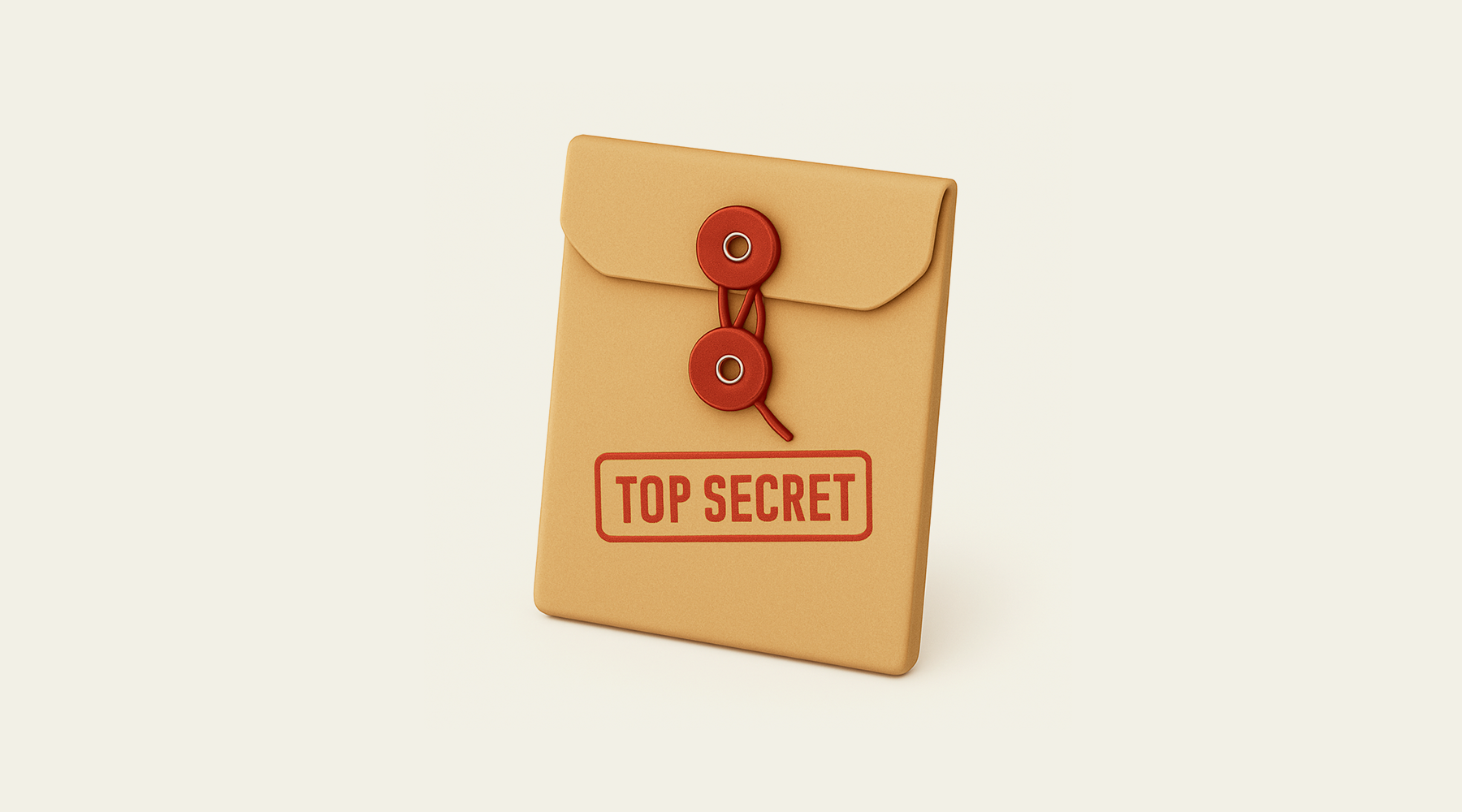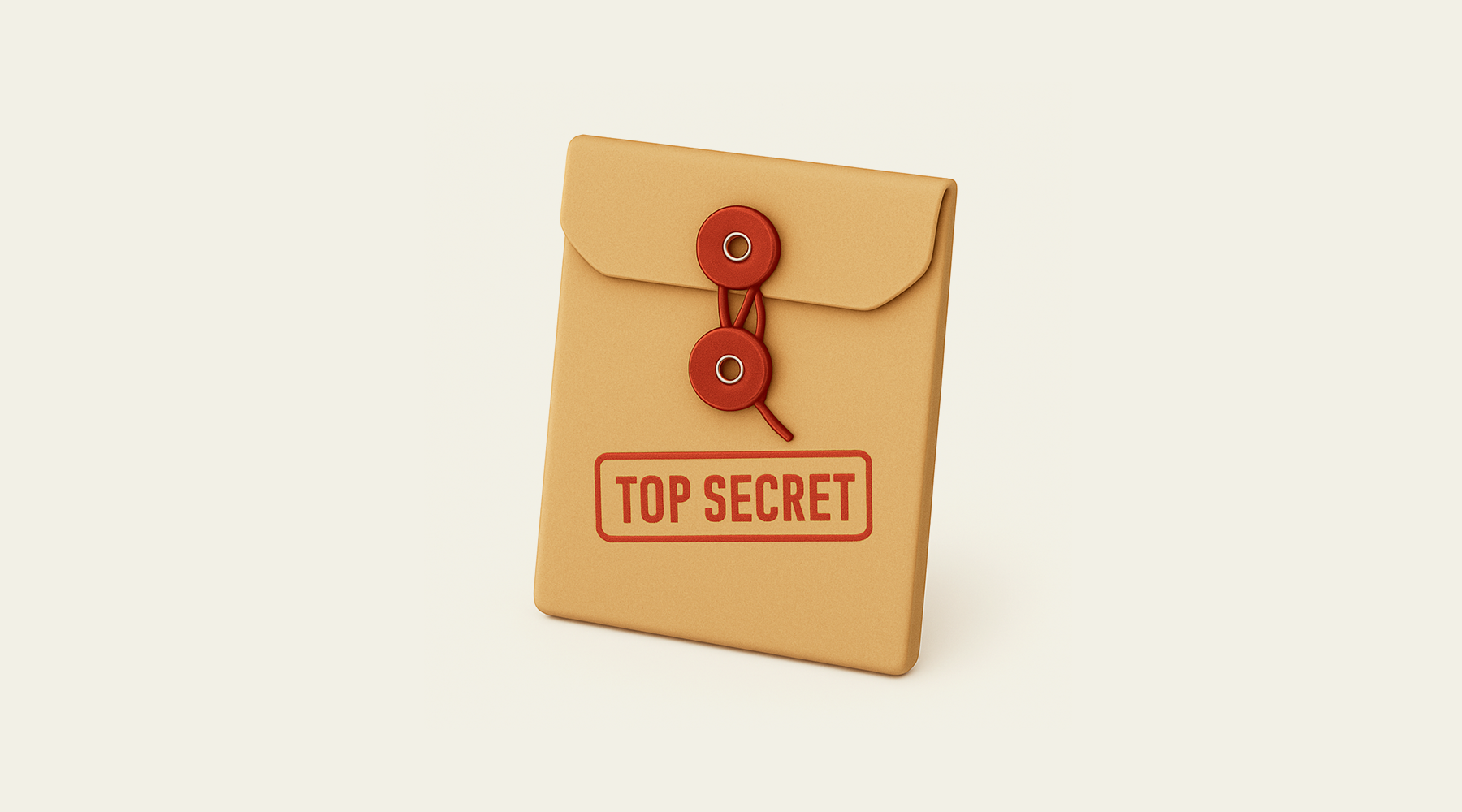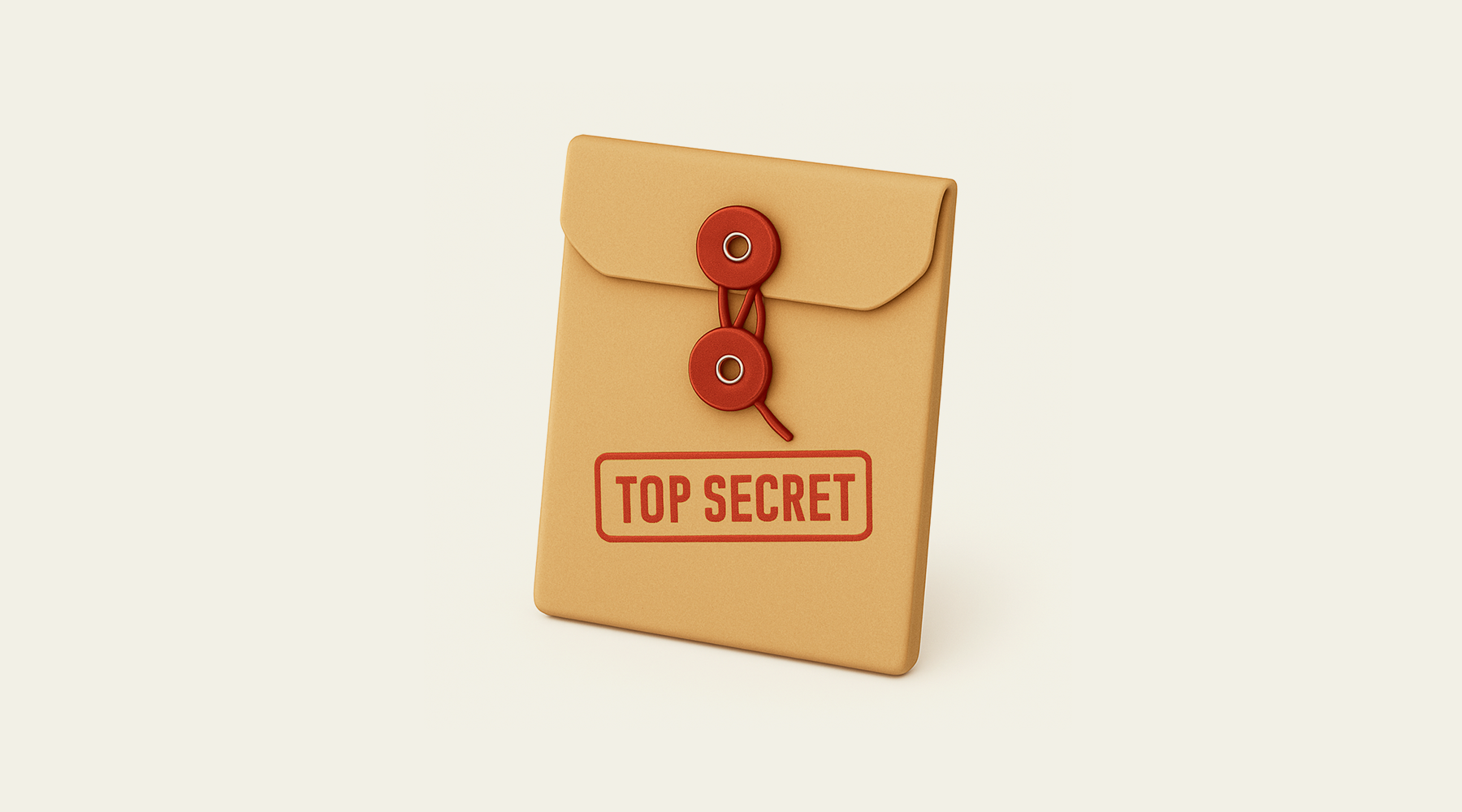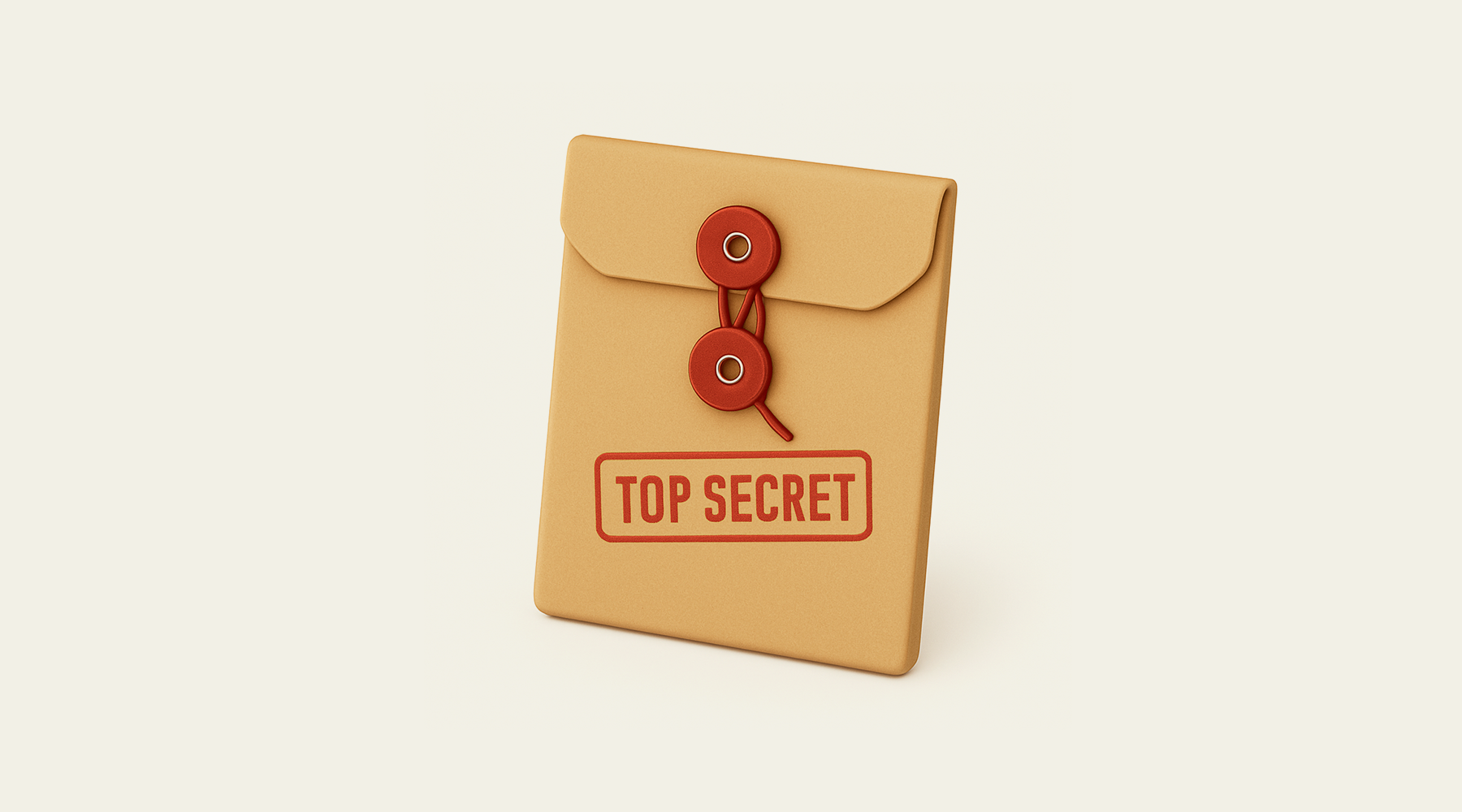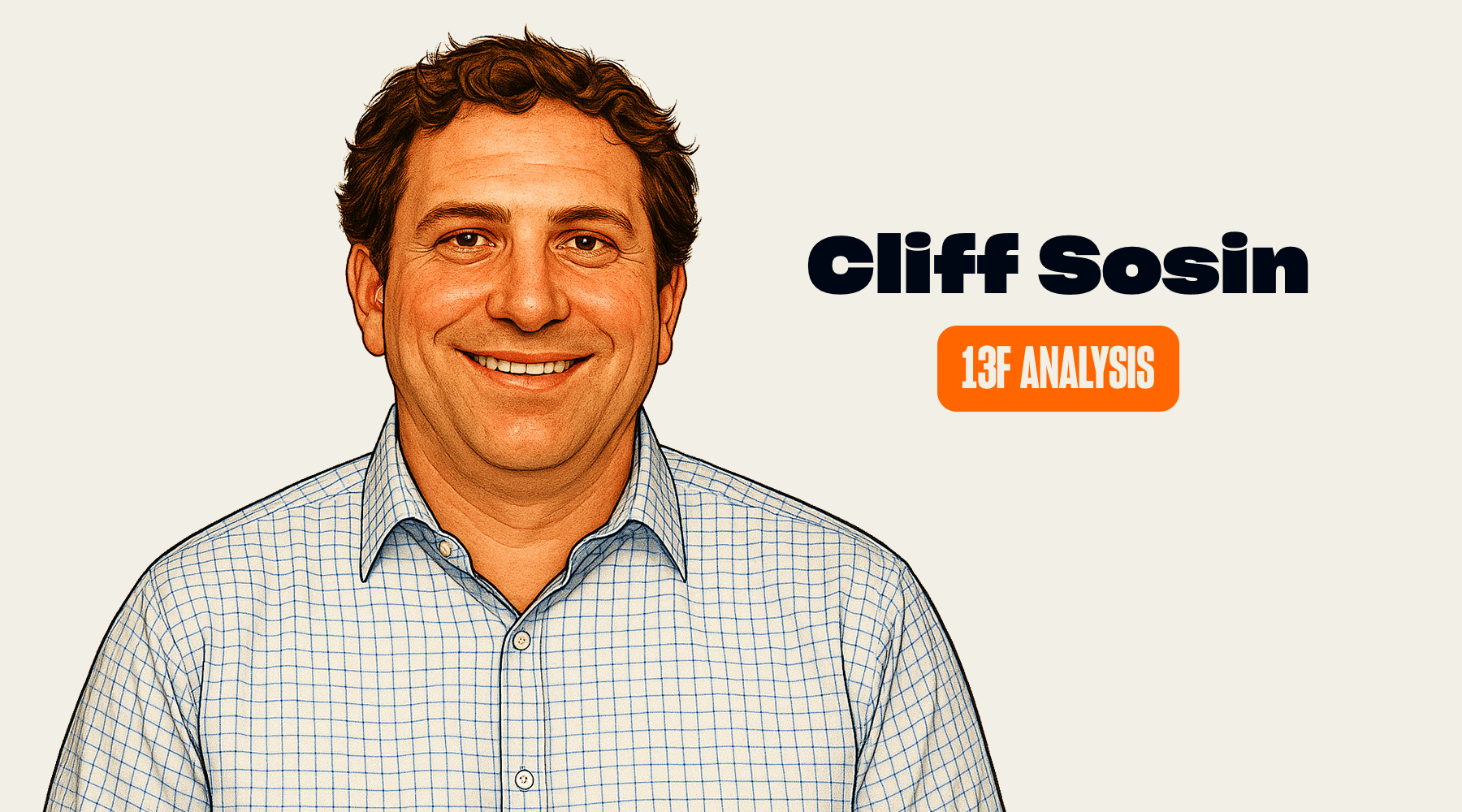This is my book summary of Designed by Apple in California by Jony Ive. My notes are informal and often contain quotes from the book as well as my own thoughts. This summary also includes key lessons and important passages from the book.
In 2016, Apple published a limited edition anthology, chronicling the last 20 years of Apple's designs simply titled Designed by Apple in California. The book is dedicated to the memory of Steve Jobs.
“The idea of genuinely trying to make something great for humanity was Steve’s motivation from the beginning, and it remains both our ideal and our goal as Apple looks to the future,” said Jony Ive, Apple’s chief design officer. “This archive is intended to be a gentle gathering of many of the products the team has designed over the years. We hope it brings some understanding to how and why they exist, while serving as a resource for students of all design disciplines.”
The book was written and curated over an eight-year period by Jony Ive and features photos by award-winning photographer Andrew Zuckerman. All of the photos were shot in a deliberately spare style that has become a hallmark of Apple's design aesthetic. The books 450 images illustrates Apple’s design process as well as its finished products.
The Book in Three Sentences
In 2016, Apple published a limited edition anthology, chronicling the last 20 years of Apple's designs simply titled Designed by Apple in California. The book was written and curated over an eight-year period by Jony Ive and features photos by award-winning photographer Andrew Zuckerman. All of the photos were shot in a deliberately spare style that has become a hallmark of Apple's design aesthetic. The books 450 images illustrates Apple’s design process as well as its finished products.
Introduction by Jony Ive
Below is an excerpt from the introduction by Jony Ive. I've bolded and emphasized the ideas I find striking.
This is a book with very few words.
It is about our products, their physical nature, and how they were made.
While this is a design book, it is not about the design team, the creative process, or product development. It is an objective representation of our work that, ironically, describes who we are. It describes how we work, our values, our preoccupations, and our goals. We have always hoped to be defined by what we do rather than by what we say.
The actual products are, of course, incontrovertible. We have attempted to develop an approach to representing them that is equally impartial. The photography is analytical and spare, free from personal voice and its consequent subjectivity.
We begin this archive with the translucent iMac of 1998, and we conclude with the Apple Pencil of 2015. We have not included all our work in the interim, only those products that seem significant, that demonstrate learning, or for which we simply have affection.
The decision to stop somewhere, to not include our current work, and to not reveal the design of future products was fantastically hard. Many of us have worked with one another for more than 20 years, and we have learned a lot together. The products in this book are the result of a profoundly close collaboration between many different groups. We behave as one team with a singular goal; how we work enables what we make.
Designing and making are inseparable. Seeing something made, you appreciate its nature. Understanding the remarkable transformation of anonymous materials into recognizable products, you begin to understand that we don't arbitrarily create form. Fundamental ideas and shapes are derived directly from our knowledge of materials and manufacturing processes: bending a single piece of aluminum to make a stand or cutting a hole to create a handle rather than adding multiple parts.
We attempt to develop forms that achieve an integrity between external surfaces and internal components. Look at the first iMac. So much of the form was developed to be coherent and harmonious with the primary internal component, the cathode ray tube. You can see how forms and materials have evolved, driven by display technologies and components, as we have transitioned from spherical cathode ray tubes to flat-panel liquid crystal displays.
We strive, with varying degrees of success, to define objects that appear effortless. Objects that appear so simple, coherent, and inevitable that there could be no rational alternative.
Although we have been doing this for many years, creating something simple never seems to get any easier. Simplicity is not the absence of complexity. Just removing clutter would result in an uncomplicated but meaningless product. I think a product that is truly simple somehow communicates, with striking clarity, what it is and what it can do.
Above all, I have come to feel sure that human beings sense care in the same way we sense carelessness. I do think we respond, maybe not consciously, to something much bigger than the object. We sense the group of people behind the products, people who do more than make something work, people who sincerely care about the smallest unseen details, as well as the big idea and primary function.
For us, these products and projects have come to mark the passage of time. We cannot look at this archive without remembering the people and stories so essential to each product's creation. I cannot look at it without thinking of Steve Jobs.
This book is dedicated to him.
This is a body of work that would not exist without Steve. The many thousands of people who worked together would never have worked together. These products would never have been designed, never have been made, never have been used.
The idea of genuinely trying to make something great for humanity, to make a contribution to culture and to our community, has not been a sentimental afterthought. It has been our fundamental motivation, ideal, and goal.
We hope that this archive is seen as intended: a gentle gathering of some of the products we have designed over the last few years. We hope it brings some understanding to how and why they exist.
Glossary of Hardware Manufacturing Tools and Technologies
Have you ever wanted to know the secrets behind Apple’s devices? Included with Designed by Apple in California, is a glossary of technologies, tools, and techniques that Apple’s Hardware Design Team has used to create iconic products ranging from original iMac all the way through the latest generation of the iPhone and Apple Watch.
ABS (Acrylonitrile Butadiene Styrene)
A tough, high-flow, impact-resistant thermoplastic polymer that can be molded into thin-wall sections. ABS is commonly used for opaque white injection-molded Apple housings for products, including Apple EarPods.
Acrylic (Polymethyl Methacrylate or PMMA)
A naturally clear, easily molded thermoplastic polymer that is used when the extreme strength of polycarbonate is not required. Acrylic was injection molded to form the Power Mac G4 Cube.
Actions
Parts of an injection mold tool, for instance, that move in conjunction with the main cavity of the tool. Slides are an example of an action in a tool.
ALS (Ambient Light Sensors)
Sensors that detect changes in ambient light and influence a product's behavior accordingly. They are used in iPhone and Mac desktop and notebook computers to dim the display in low-light situations and reduce power consumption.
Aluminosilicate Glass
Used on all iPhones, Apple's aluminosilicate glass is chemically strengthened through an ion-exchange process. Molten glass is formed into thin sheets using a fusion-draw process. The glass surface is compressed by exchanging smaller sodium ions with larger potassium ions. This process increases strength and decreases the likelihood of the glass breaking on impact.
Aluminum Alloys
Lightweight, versatile metals that can be rolled, extruded, cast, forged, machined, and finished.
Types of Aluminum Alloys:6063 - Generally used for extrusions. Tightly controlled magnesium-silicon ratio and low iron content achieve a clear, clean anodized layer. The iPod nano 2G and iPhone 6 rear housing are made from 6063 aluminum.
5052 H32 - A high-strength alloy generally used in applications in which a part is formed from a sheet of aluminum. The Power Mac G5 Tower is predominantly made from 5052 H32 aluminum.
Anodizing
A process used to thicken the naturally occurring oxide on aluminum. The anodized layer — usually around 6 to 12 microns thick — creates a hard, corrosion-resistant surface that protects aluminum housings from scratches and environmental conditions.
Anodizing Dye
During the anodizing process, dyes can be added to color the pores of the clear oxide layer. These dyes tint the normally clear aluminum oxide layer, giving the product a translucent hue while maintaining the metallic appearance of the underlying aluminum.
AR (Anti-Reflective) Coating
Applied to transparent materials like glass or sapphire to reduce reflections. Layers of thin films with contrasting refractive indices are deposited on a surface to interfere with certain wavelengths of light. AR coatings reduce glare on MacBook displays and make them easier to view in bright light. They also reduce glare on the iPhone camera lens.
Aspect Ratio
The proportional relationship between width and height. Displays are generally represented as having a specific aspect ratio. For example, the iPhone 6s Plus has a display of 1920 by 1080 pixels — a ratio of 16:9.
Back Painting
The process of applying inks to the underside or inside of a plastic or glass part. Back painting can be used to add color to a clear plastic part (such as the or for AirPort Extreme housing), to hide a display edge (like the one on a MacBook), or to create a homogeneous surface (like that of the iPhone 3GS rear housing).
Billet
A bar of metal before it is processed into finished parts. Apple extrudes 6063 aluminum alloys into billets that are then machined into parts for iPhone and MacBook housings.
Blasting
A finishing method whereby a jet of abrasive material is propelled against a surface. Blasted surfaces can be either finished parts or tools to create finished parts. Different sizes and shapes of blasting media are used, depending on the material to be blasted and the desired effect of blasting. Apple used spherically shaped 65-micron zirconia beads to blast the extruded aluminum for the iPod nano (2nd generation).
Boss
A raised feature on the inside of a housing (such as a plastic molding or metal casting) used to secure fasteners or support features.
Capacitive Sensing
A process that senses anything dielectrically different from air. Capacitive sensors, such as the iPhone Multi-Touch sensor, use the natural capacitance of the human body as an input mechanism.
Cathode Ray Tube (CRT)
A display technology that uses a large, heavy glass vacuum tube containing electron guns to accelerate electron beams onto a phosphorescent screen.
Cavity
The void into which material is injected during the molding process.
CD Finish
A machined finish that makes a surface resemble a compact disc, with concentric grooves reflecting light in a radiating pattern.
CNC (Computer Numerical Controlled)
Machining A material-removal process whereby tools follow set paths directed by programmed commands from computer-aided design and manufacturing (CAD and CAM) systems.
3-Axis CNC Machining - A part or tool can be moved in X, Y, and Z directions.
5-Axis CNC Machining - A part or tool can be moved in X, Y, Z, and two additional degrees of rotation to enable a tool to approach the part from virtually all sides and angles.
Collapsible Core
An injection mold core with moving parts that reduce its size, enabling a part with undercuts to be removed from a cavity.
Compression Molding
A method of making parts by placing material in an open mold cavity. The mold is closed under pressure and held until the material is cured. Compression molding is often used for producing parts made from thermoset materials, such as the silicone tips of the Apple In-Ear Headphones.
Convection Cooled
A passive method of transferring heat from one place to another using the movement of air or fluids. The Power Mac G4 Cube is intentionally cooled through convection: A chimney effect draws cool air from below the product and exhausts warm air through vents at the top.
Core
The portion of a mold that goes inside the cavity to form the interior of a hollow part.
Counterbalance
A weight or force that balances another weight or force.
Cover Glass
A glass that is either laminated to or placed above a product display, such as those on a MacBook or iPhone.
Datum
A point from which all measurements can be taken. The datum can be a plane or a feature that is held constant during an operation, such as machining, to ensure consistent part dimensions.
Deep Drawing
A process that transforms a flat sheet of metal into a 3D shape. The material is drawn into a forming die using a punch. Deep drawing implies the depth of the part is greater than its diameter.
Delrin
A commercial name for polyoxymethylene (POM), an engineering thermoplastic that is stiff, low in friction, and dimensionally stable. Delrin is often used for polishing fixtures and for supporting parts during assembly.
Diamond
Because of their extreme hardness, industrial diamonds are used for polishing and cutting. Apple uses monocrystalline diamonds to cut chamfers into the iPhone 5 aluminum housing. The sharp, hard, blade-like cutter creates a precise, shiny surface without the need for a secondary polishing process.
Die Casting
A process for creating 3D parts by forcing molten metal into a mold cavity. Die-cast parts have an imperfect surface finish and are typically only used for internal components in Apple products.
Distinctness of Image (DOl)
A measure of the optical reflective quality of a surface. A reflective surface can have a low DOl if it has a visible surface texture (commonly called "orange peel"). This texture prevents the surface from reflecting light evenly, and the reflected image appears unclear. In contrast, a perfectly flat mirror has crisp reflections and perfect DOl.
Double Anodizing
A process used to create different properties on one anodized aluminum part. This can be achieved by masking prior to anodizing, or by removing material after anodizing and then anodizing the entire part again. On the iPhone 5 and iPhone 5s, the aluminum enclosure was first anodized, and then material was removed from the chamfered edges and the enclosure was anodized again. This created a clear layer over the shiny chamfers, accentuating the bright surface.
Double Shot (or Twin Shot)
An injection molding process whereby a first shot forms a portion of the finished part and a second (or additional) shot completes the part. An example of a double shot process can include opening up a cavity to expose additional space for a second polymer to enter. Apple often uses double shot molding to create a part that has both clear and opaque areas or hard and soft zones.
Elastomer
A generic term for rubber-like materials. Elastomers. are polymers that are both viscous and elastic.
Extrusion
A process used to create parts of a constant cross-sectional profile. In a continuous or semi-continuous process, material is pushed through a die. The extrusion is cut to length and machined to make finished parts, such as those for the iPod shuffle (2nd generation) and the 17-inch bezel on the PowerBook G4.
Faraday Cage
An enclosure made from conductive materials that block electrical fields. Used to protect sensitive components from radio frequency interference, the Faraday cage was named for its inventor, the English physicist and chemist Michael Faraday.
Fasteners
Hardware, such as screws or rivets, that mechanically join two or more parts together.
Fiber Optics
Fine, round glass or plastic fibers that help transport light from one location to another. The interior core of the fiber has a different refractive index than its exterior, ensuring that light travels along the length and doesn't "spill" out of the sides.
Fine Blanking
A process for shearing a 2D shape out of a sheet of material. Fine blanking is a more refined method of blanking in which the material is compressed between two plates before the punch is pressed into the die. This compression helps to hold tight tolerances.
Flash
Excess material remaining on a molded, cast, or forged part at the junction of two parts of a mold.
Forging
A process of making parts by forcing metal into a die. This process can be done hot or cold and, unlike forming, forging can achieve variable thicknesses. Forging allows internal grains to be continuous throughout the part, resulting in increased strength. Parts can be forged multiple times for more complex geometries or to further increase strength. The Apple Watch stainless steel housing is an example of a forged part.
Forming / Stamping / Pressing
Processes for making parts by mechanically deforming flat sheet metal. The sheet is formed without adding or removing material. The stainless steel back housings of early iPods were formed.
Friction Stir Welding
A method of joining two parts — most commonly made from aluminum — by locally mixing the materials of the two parts mechanically. The parts are pressed together and a heated probe at the end of a tool is applied to soften the junction. The tool then spins to stir the material of the two parts together.
Gel Casting
A process used to cast 3D ceramic parts that imparts minimal inherent stresses on the part. A slurry of ceramic powder, water, and monomers is poured into a mold and cast to near net shape. After casting the parts are "green." (See "Green State Machining" below.) They are then sintered to achieve their final size and hardness. The zirconia back crystal of the Apple Watch is gel cast.
Green State Machining
The process by which unfired (or "green") ceramic parts are machined while they are soft. Once ceramic parts have been sintered, they become extremely hard, making the machining process slower and more difficult. Because green parts shrink after sintering, green-state machining is not as precise as post-sintered machining.
Grinding
A process of removing material from a surface using an abrasive wheel or tool. Apple uses custom-shaped grinding tools to create precise geometry in hard materials, such as the zirconia back crystal of the Apple Watch and the 304 stainless steel bezel of the iPhone 4.
Gun Drilling
A method of drilling deep, round, parallel-sided holes. Cutting fluid passes through straight-flute drills, which then cut through the material. The core of the spiral hinge on the MacBook is gun drilled.
Hall Effect
A phenomenon that allows a sensor to detect the presence (or absence) of a magnetic field. The iPad Smart Cover uses the Hall effect to trigger wake and sleep actions when the cover is open or closed.
Hardcoat
A coating that can be applied to a part after molding to optimize certain properties. The rear plastic housing of the iPhone 3GS was hardcoated to increase its scratch resistance.
Impact Extrusion
A process used to create 3D metal parts that employs a punch to force a slug or billet of material into a die. The material is forced up and around the punch to create a hollow form. The Mac Pro is impact extruded into its tubular form.
Injection Molding
A process of making parts by injecting material (most commonly polymers, but also metals or ceramics) into a mold. Pellets are heated in a barrel and then forced into a mold cavity, and the material cools and hardens into the shape of the cavity.
Insert Molding
A process of molding plastic around a second material. Insert molding is generally used to secure threaded metal bosses or to join two parts together more accurately than standard assembly methods can achieve. The separate components of the 304 stainless steel iPhone 4 bezel were inserted into a mold cavity before plastic was injected into the gap, securely joining the parts together.
Lapping
A process of removing material evenly from the front and/or back surfaces of a part. Parts are placed under or between plates filled with an abrasive slurry. The parts and plates are successively rotated for a set period of time to precisely reduce the thickness of the parts. The iPhone glass and iPhone 5 aluminum housing are lapped.
Laser
A device that creates a highly directional beam of light by stimulated emission. Laser light differs from ordinary light in that it is monochromatic (a single wavelength), coherent (aligned), and collimated (parallel). These properties enable a laser beam to be highly focused into a precise area of intense power, which drives unique physical reactions, such as annealing, melting, and vaporization. Lasers offer accurate, reliable methods of machining, marking, and bonding most materials without tools, ink, and hazardous chemicals.
Laser Ablating
The process of selectively removing material by vaporizing it with high-intensity laser light. A laser-ablation process is used on the Apple Watch to create recessed text on the back of the stainless steel case. Laser ablation was also used to drill 30-micron-diameter holes for the sleep light on the MacBook Air (1st generation) and the status light on Bluetooth keyboards and trackpads.
Laser Cutting
A method of cutting that uses a high-powered laser beam on the surface of a material. The material is melted or vaporized by the laser, leaving a clean, precise edge. In some cases, a high-pressure gas stream is used to blow molten material away from a cut surface.
Laser Marking
A method of creating a mark through delivery of laser energy to precise locations on the surface of a material. Lasers can alter color locally by changing surface properties through chemical or thermal effects, and they can create contrast by etching a surface to alter its reflectivity. The logo on the rear housing of the iPod nano (1st generation) was achieved through this type of laser marking. Lasers can also be used to mark a material so that there is no disruption to its surface. The black text on the underside of a MacBook was achieved using this type of laser marking.
Laser Welding
Joining two metals by melting them together through the absorption of a laser beam at the surface. Lasers can be used for many types of welds, including spot welds and seam welds. The edges of the Apple Watch Milanese Loop are laser welded.
LCD (Liquid Crystal Display)
A type of display that does not emit light directly but instead uses the light-modulating properties of liquid crystal placed between polarizing filters.
LED (Light Emitting Diode)
Small, illuminating semiconductor devices that efficiently emit visible light when a current is passed through them.
Lithium-lon Polymer Battery
A rechargeable, high-density battery that comes in the form of a soft pouch. These batteries can be produced in a wide variety of shapes, but their soft casings require protection from external housings to prevent damage. Lithium-ion polymer batteries are found in iPhones and Mac notebooks.
Magnetic Flux
The direction and strength of a magnetic field. The higher the strength of a magnet, the greater its flux. Controlling magnetic flux is important because stray flux can lead to erasure and damage of magnetically enabled objects, such as credit card strips and hard drives.
Micron (um)
One micrometer, equal to one millionth of a meter or one thousandth of a millimeter.
Monocrystalline Diamond
A single-crystal diamond. A chipped crystal results in uneven cutting.
Nanometer
Equal to one billionth of a meter. The zirconia back crystal of the Apple Watch has a surface roughness of only 3 nanometers.
Near Net Shape
A step in the process toward creating a finished net-shape part. Forging or extrusion is generally completed to near net shape. More material is removed, often by machining, to create the final geometry. Working with a near net shape is generally quicker than machining directly from a solid billet of material.
Neodymium Magnet
A rare-earth magnet made from an alloy of neodymium, iron, and boron. Neodymium magnets are the strongest type of commercially available permanent magnets. The iPad Smart Cover contains neodymium magnets to secure it to the iPad housing.
Offset
The difference in relative position between two materials, parts, or surfaces.
OIS (Optical Inspection Systems)
Processes placed on an assembly line to perform various functions. Among other things, Apple has used optical systems to accurately measure the size of holes in components, to check the precision of a surface, or to locate parts on a circuit board.
OLED (Organic Light Emitting Diode)
A display technology that uses an organic compound to emit light to an electrical current. OLED displays do not require a backlight, so they can be thinner and lighter than LCDs. The Apple Watch uses an OLED display.
Oleophobic Coating
A thin, transparent coating applied to the cover glass of an iPhone and iPad to prevent oil from fingerprints from transferring to the glass and to make the glass easier to wipe off. The term "oleophobic" refers to materials that repel oil.
Parting Line
A line on a part corresponding to the edge of a mold opening.
PC/ABS (Polycarbonate/Acrylonitrile Butadiene Styrene)
A resin generally made from 70 percent ABS and 30 percent PC. PC increases impact and heat resistance, while ABS provides toughness and good flow. PC/ABS is often used on internal parts and was used for the inner shot of the double-shot injection-molded front housings on early iPod models.
PC/PBT (Polycarbonate/Polybutylene Terephthalate)
A resin that offers good resistance to chemicals and impact.
Plasma Polishing
A polishing method in which positively charged metal parts are placed in an electrolytic bath, creating a current that causes the reduction of the surface of a material at a rate of between 2 and 8 microns per minute. Plasma polishing exerts less thermal and mechanical stress on a part. The Apple Watch Milanese Loop mesh is plasma polished.
Polishing Slurry
A semi-liquid material made up of fluid and small solid particles. The particles remove material from a part in conjunction with a tool or surface. Diamond powder for polishing zirconia or cerium oxide for grinding glass are two examples of particles that may be found in a slurry.
Polishing Wheel
A wheel of material that is spun against a part to create a buffed or polished surface. Polishing compounds are applied to the wheel to remove material from a surface. Polishing can be done by hand or by using an automated system that includes a force-feedback loop that alters the pressure of the part on a wheel to ensure consistent polish.
Polycarbonate
A strong, tough thermoplastic polymer. Apple often uses polycarbonate for its transparent, durable qualities.
Polycrystalline Diamond
Made up of many crystals, polycrystalline diamond has multiple cutting surfaces per particle and is used to increase tool life or provide better surface finish than can be achieved using carbide tools.
Polymer
A term often used generically to refer to plastics.
Polymers are molecules made up of many repeating parts. They can either be natural (as in DNA, rubber, and wool) or synthetic (as in acrylic, ABS, and polycarbonate).
Polyurethane
A polymer that can be either a thermoset or a thermoplastic and has the potential to be a self-skinning, rigid material or a flexible, durable coating. Apple molded a pliant translucent polyurethane over a rigid polycarbonate core to create the handle on the iBook (1st generation).
Probe
A measuring tool with a hard tip, often made from ruby, used during machining set up to locate a part accurately, set a datum, or define particular dimensions.
Profile Bar
A technique by which metal is drawn through a die to create a continuous cross section. The stainless steel lugs and links of the Apple Watch Link Bracelet are machined from profile bar.
PVD (Physical Vapor Deposition)
A method for depositing a thin film of material onto a substrate. Physical vapor depositions rely on a vapor within a vacuum chamber physically striking a surface in order to adhere. The oleophobic coatings on iPhone cover glass, anti-reflective coatings on MacBook displays, and hard coatings on machine tools are all applied using PVD.
Radio Transparent Materials
Materials that allow transmission of energy within the radio frequency spectrum. Also called dielectrics, radio-transparent materials include air, glass, ceramics, and certain plastics.
Resistance Spot Welding
A method of joining two metals through the heat of an electrical current. Multiple spots are often used to increase the strength of the joint. Parts are clamped together, and small welds concentrate the current to a local area to reduce heat distortion on the remainder of the part.
Resonant Frequency
The natural frequency at which a material vibrates.
Reveal
The gap between two materials, parts, or surfaces.
Rib
A thin wall on the inside of plastic or metal parts used to add support to walls or bosses.
Robotic Lapping
A method of removing material from a part. A robotic arm supports a part against a lapping surface, adjusting the angle, pressure, and direction to remove material precisely.
Rotary Punching
A process used to create multiple holes in a metal part. Punches on one side of the part are pressed through the material until they make contact with dies on the other side. Rollers allow sequential punching along or around a part. The holes in the iSight camera were rotary punched.
Roughness
A measure of surface texture. Small variations, often measured in nanometers, are considered polished or mirror polished. Large variations, measured in microns, can be seen on parts such as the aluminum housing on the iPhone. There are various methods of measuring a surface roughness. Ra (average roughness) is one way of describing the surface made up of peaks and valleys across a part.
Sapphire
A transparent, crystalline form of aluminum oxide, it is the third-hardest element after diamond and moissanite. Industrial sapphire is grown over many days from a seed to create a single crystal from which parts are cut. Different planes created by the direction of growth produce different properties. The front crystal of the Apple Watch uses parts cut along the A-plane parallel to the direction of crystal growth to achieve the greatest strength.
Silicone
A thermoset polymer with rubber-like qualities. It can be pliant and chemically resistant, and it does not promote microbial growth. Compression-molded silicone was used to form the tips for the Apple In-Ear Headphones.
Slide
A part of the mold that moves independently of the main core and cavity. Slides enable the creation of undercuts or details in a part that could not be produced using a simple two-part mold.
Soda-Lime Glass
The most common commercial glass used for windows and glass containers. It is produced using a float-glass process whereby molten glass is poured onto a molten tin surface inside a furnace to produce a flat, smooth glass pane. Early iMac cover glass was made of soda-lime glass.
Speaker Driver
A device that creates sounds waves from electrical energy. A driver is made up of a diaphragm that moves back and forth to create pressure waves. A coil of wires and a permanent magnet create the movement. One or more drivers of different sizes - tweeters, midrange, and woofers, for example - are mounted within various Apple products, from the In-Ear Headphones to the iPod Hi-Fi.
Spline
A curved line that is defined by a series of control points. Originally, it was a flexible ruler used to draw curves in shipbuilding. The ruler would be fixed at given points and then allowed to flex to create a smooth curve. Computer drawing programs enable a similar process whereby control points can be adjusted to achieve smooth transitions between curves and straight lines.
Stainless Steel
A steel alloy containing chromium that is therefore more corrosion resistant than regular steel. As a hard, dense material, it can be forged, machined, formed, and polished without the need for additional coatings.
Stainless Steel Grades:
304 - A specific alloy that can be forged to a high hardness for good scratch resistance. 304 stainless steel was used to form the bezel on the iPhone 4.
316L - Has excellent corrosion resistance. As sweat can be very corrosive, 316L stainless steel was used to create the housing for the Apple Watch.
Taptic Engine
A linearly accelerated mass used to create nuanced haptic feedback. Because the mass is not spun on an axle, it can be accelerated, decelerated, started, and stopped quickly, allowing for more precise feedback than a traditional spinning mass.
TFT (Thin Film Transistor) Active Matrix Display
A display technology that uses a grid of transistors and capacitors that can hold a charge for a period of time. Each pixel receives and holds the charge, resulting in improved image quality over a regular passive matrix.
Thermoplastic
A type of polymer that can be melted and remelted into shape. Injection-molded ABS, used in the housing of the Apple EarPods, is an example of a thermoplastic.
Thermoset
A type of polymer that cannot be remelted. It is usually cured through heat or a chemical reaction. The compression-molded FKM fluoroelastomer used in the Apple Watch Sport Band is an example of a thermoset.
Titanium
Tough, high-strength metal alloys that are light and very corrosion resistant. Titanium was used on the PowerBook G4 to achieve a thin, light enclosure.
Titanium Carbide
A composite material of titanium and carbon. It is extremely hard and stiff, yet lighter than tungsten carbide. Its lightness makes it ideal for use in high-speed cutting tools.
TPE (Thermoplastic Elastomers)
Pliant thermoplastics exhibiting rubber-like qualities.
TPSiV
A blend of thermoplastic urethane and a cross-linked silicone rubber. Tough and abrasion resistant but also soft to the touch, this thermoplastic elastomer is used in the iPhone 4 Bumpers.
Tungsten Carbide
A chemical compound made up of carbon and tungsten. Objects made from tungsten carbide are extremely dense, hard, and stiff. Cutting tools are often made from sintered tungsten carbide.
Ultrasonic Welding
A method of joining materials, such as plastics, that uses high-frequency, ultrasonic acoustic vibrations. Parts are held together under pressure, and the ultrasonic energy melts the contact point between the parts, creating the joint.
Undercut
In a mold tool, undercut is the geometry that returns on itself so that a single action core cannot be removed. In machining, undercut refers to a recess that cannot be machined with conventional cutting tools. Apple uses T-cutters to machine recessed features in products like the aluminum Apple Remote.
Unibody
The construction of an enclosure as a predominately singular form.
Vibration Motor
An eccentric rotating mass that spins rapidly to create vibration for haptics and audible alerts.
Webbed Keyboard
A keyboard in which individual keys protrude through holes in a flat surface. The continuous surface creates webs between the keys and acts to maintain the structure of the enclosure. The MacBook (2nd generation) uses a webbed keyboard.
Zirconia (Zirconium Dioxide)
The white crystalline oxide of zirconium metal. Zirconia is strong and extremely hard. The back crystal of the Apple Watch is made from a yttria-toughened zirconia.
Buy the Book
For more, I highly encourage you to order Designed by Apple in California and read the entire book yourself.

